I don’t eat much seafood any more, I’m allergic to crustaceans so that doesn’t help much, but when I can I will eat scallops. The only problem is, most scallops are caught by dredging, a far from sustainable practice. There is a better way.
I love scallops, they’re the food of the gods in my opinion, gently pan seared or even better, straight from the sea and raw. The problem is, the way we ‘harvest’ scallops, or clams as they’re called on Scotland’s west coast, is a long way from being sustainable.
Basically, several large steel beams covered in teeth are dragged at speed across the seafloor. Anything tough, like a scallop, is retained in a steel mesh bag. Anything fragile, which in this case means…everything else is pulverized. There’s no bycatch with this method, because nothing survives the catching process.
In the image below you can see the two booms stored on deck, waiting to be dragged at right angles to the boat, behind it.
Of course, this is all legal and generates a huge amount of cash. The dredging industry likens it to harvesting from underwater fields and says the sea bed, before and after dredging, looks just the same. Conservationists say that’s nonsense and the reason the seabed looks the same is due to repeated dredging that never allows the natural sea floor biota to recover. Needless to say, they tend not to go to the same parties!
The solution is simple. Harvest the clams by hand. Back in 2015 I took some shots of a scallop diver; you can see that beyond an occasional fin kick, this chap is doing no harm whatsoever to the sea floor.
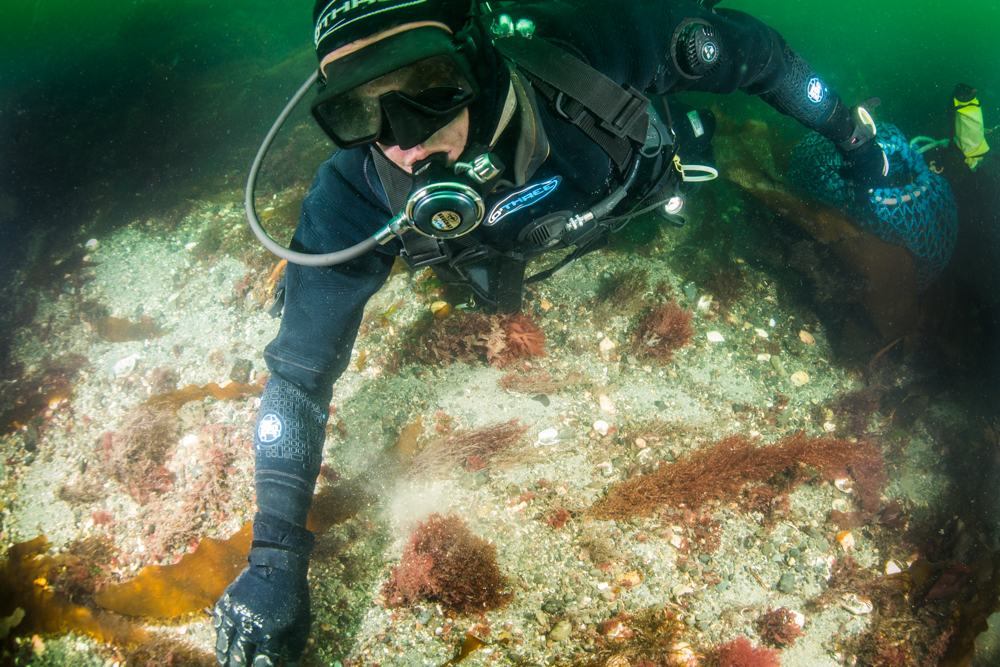
You can see the complex mix of life on this sea bed. Calcareous algae, tube worms and molluscs create a species rich seabed habitat known as maerl.
The scallops do cost more, as this is a more labor-intensive method, but if you want to know that your seafood comes from a sustainable source, then harvesting by hand is the way to go.

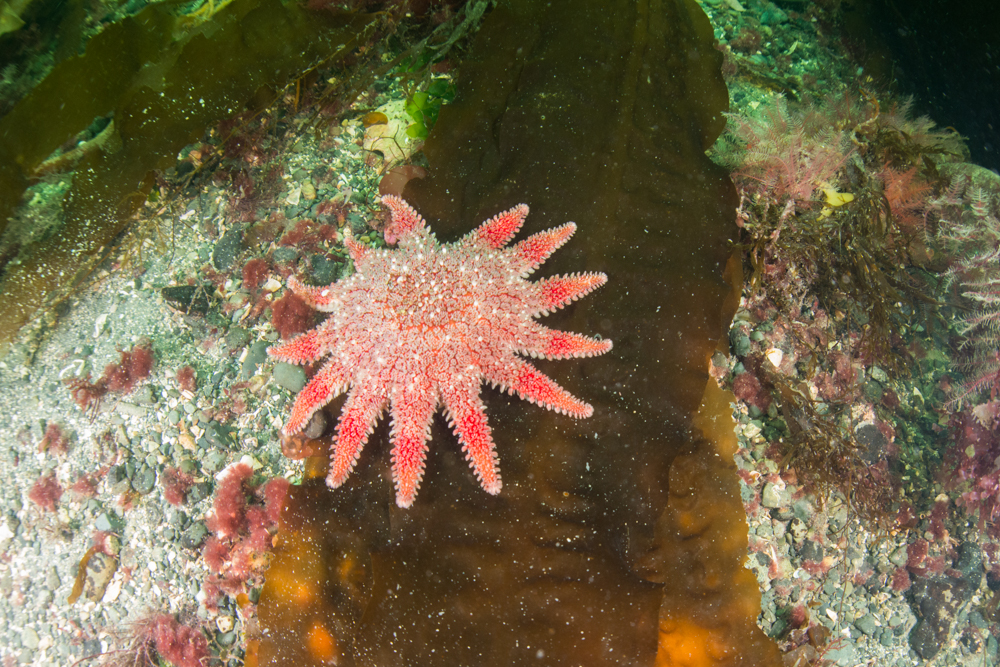
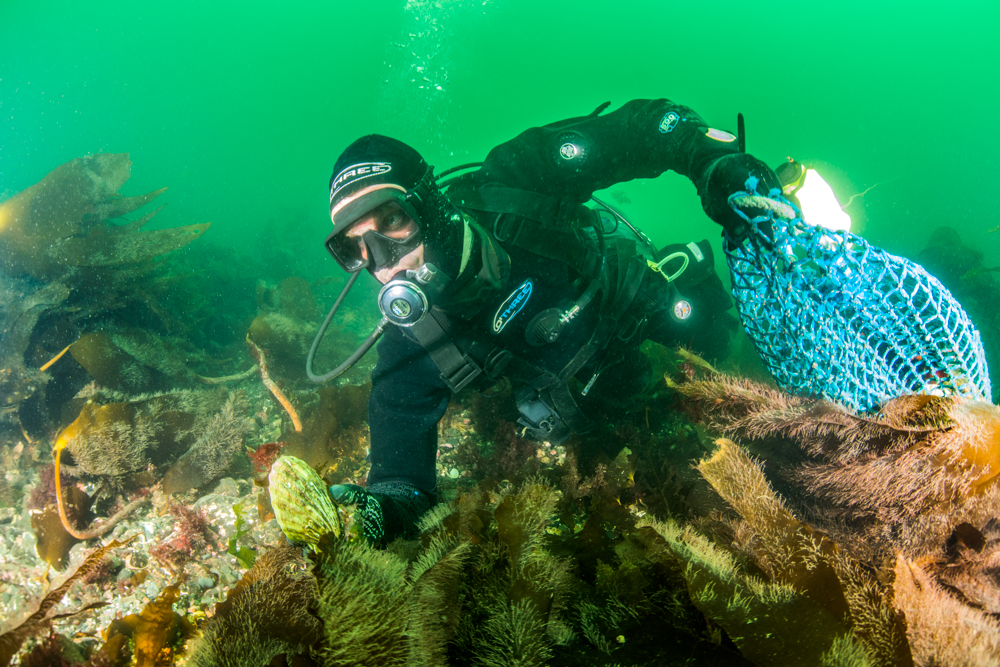
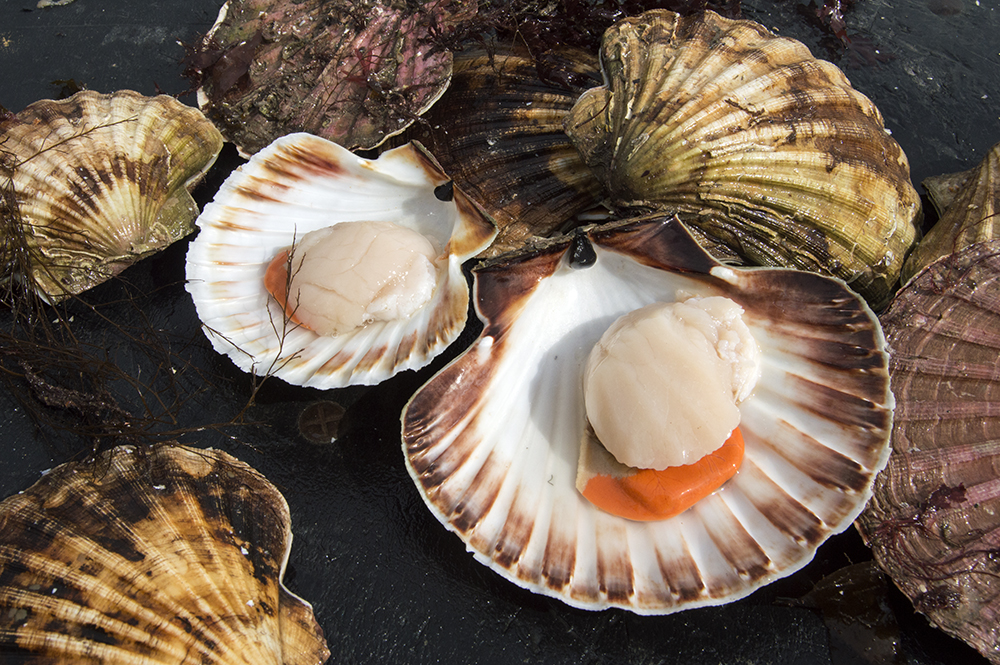
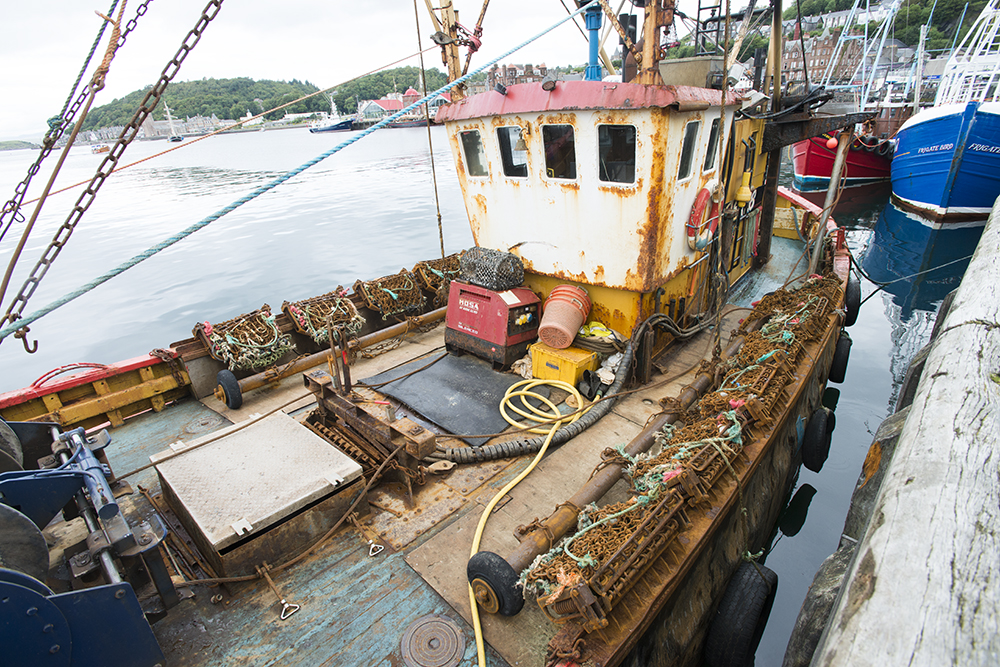
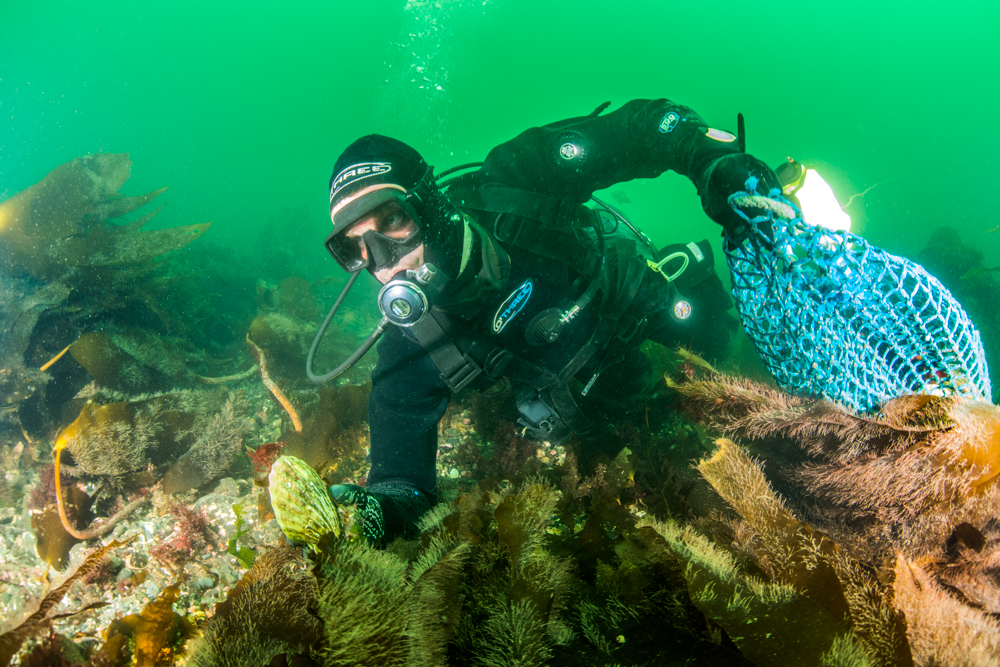









0 Comments